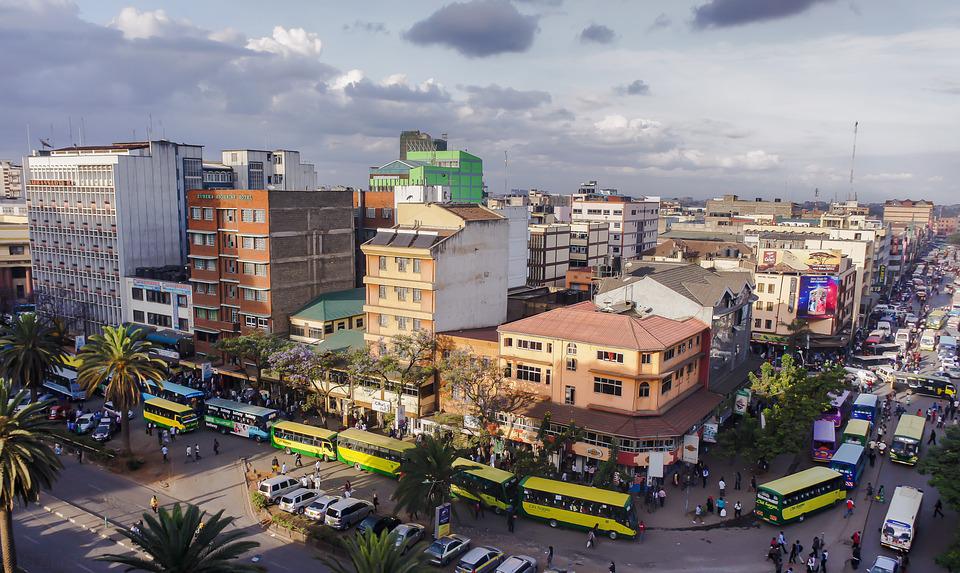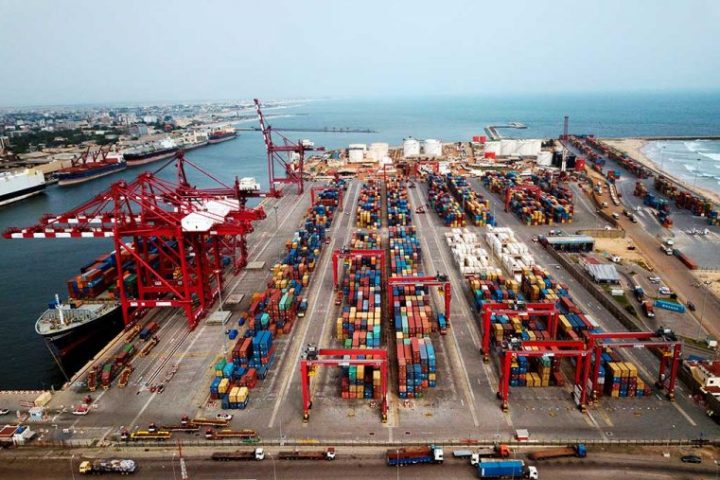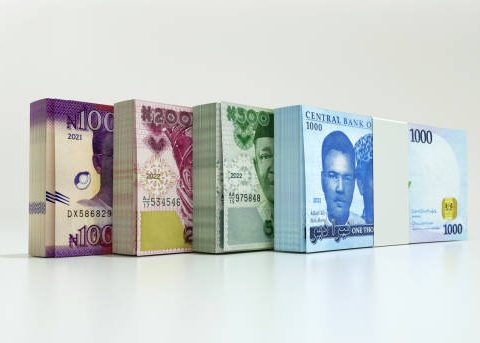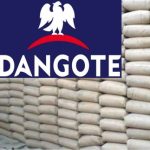Food insecurity continues to affect one-third of households in Kenya, the latest news from the World Bank says.
Dubbed Kenya Economic Update, the latest World Bank economic analysis highlights the success of education reforms and recommendations for continued improvement.
Join our WhatsApp ChannelTake a look at the Key Takeaways From Kenya’s World Bank Report
Kenya’s economic performance remained strong in early 2022, but external challenges have mounted.
Kenya’s exposure to the war in Ukraine through direct trade linkages is moderate, with Russia and Ukraine accounting for only 2.1 per cent of total goods trade between 2015 and 2020. However, the economy is vulnerable to the commodity price shocks resulting from the war, particularly through fuel, fertiliser, wheat and other food imports.
The Kenyan shilling (KES) has depreciated gradually against the US dollar since H2 2021.
In nominal terms, the shilling depreciated by 3.5 per cent against the US dollar (USD) in 2021. The KES has continued its gradual depreciation trend against the USD in 2022, trading at 116.7 per USD as of May 31, 2022, to be lower by a further 3.2 per cent.
Food insecurity continues to affect one-third of households.
One-third of households continue to go hungry due to a lack of food. Further, the share of families unable to access staple food has increased to 36 per cent, with higher rates in rural households (38 per cent versus 33 per cent in urban households). The proportion of households unable to access staple food due to increases in prices has increased sharply to over 50 per cent.
About 5 million people will need food assistance by September 2022.
An assessment of the October-December 2021 short rains indicated that the drought has left 3.1 million Kenyans food insecure in the pastoral and marginal agricultural areas. Food insecurity is rising in Kenya, and up to 5.0 million people will need food assistance by September 2022.
Many households are relying on their savings to cope with the food crisis.
The most common approaches are relying on savings (32 per cent) and seeking additional income-generating activities (31 per cent). However, the share of households who engaged in these strategies has declined.
According to the report, fewer households reduced their food and non-food consumption compared to July-October 202. Yet, the strategy remains one of the most frequently used ones, pointing toward food insecurity.
Finally, 11 per cent of households relied on government assistance, nearly twice as many as in July-October 2021, following an increase in government assistance in 23 counties affected by drought.17.


















Follow Us